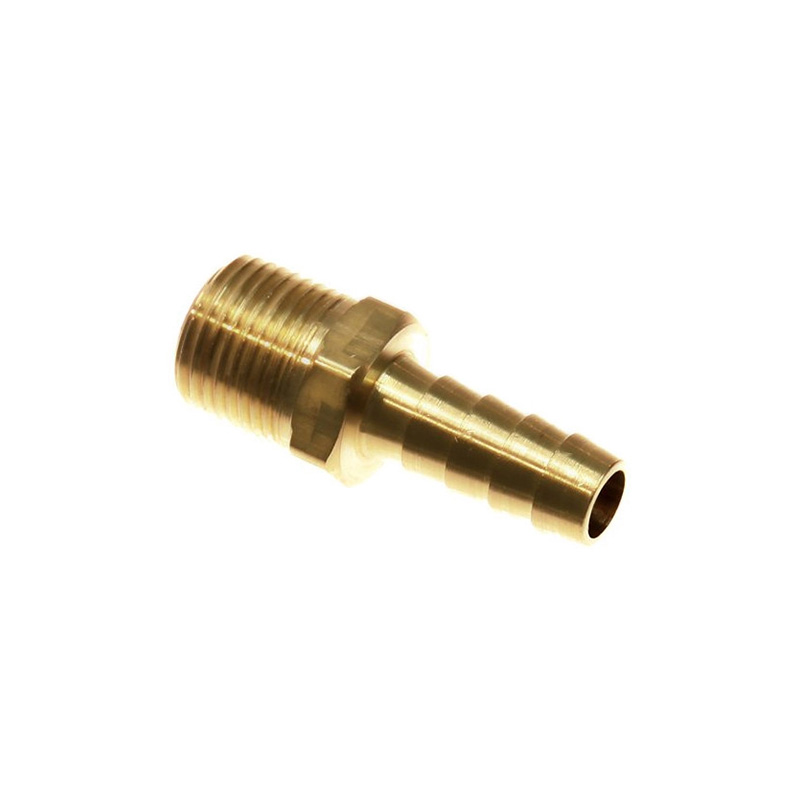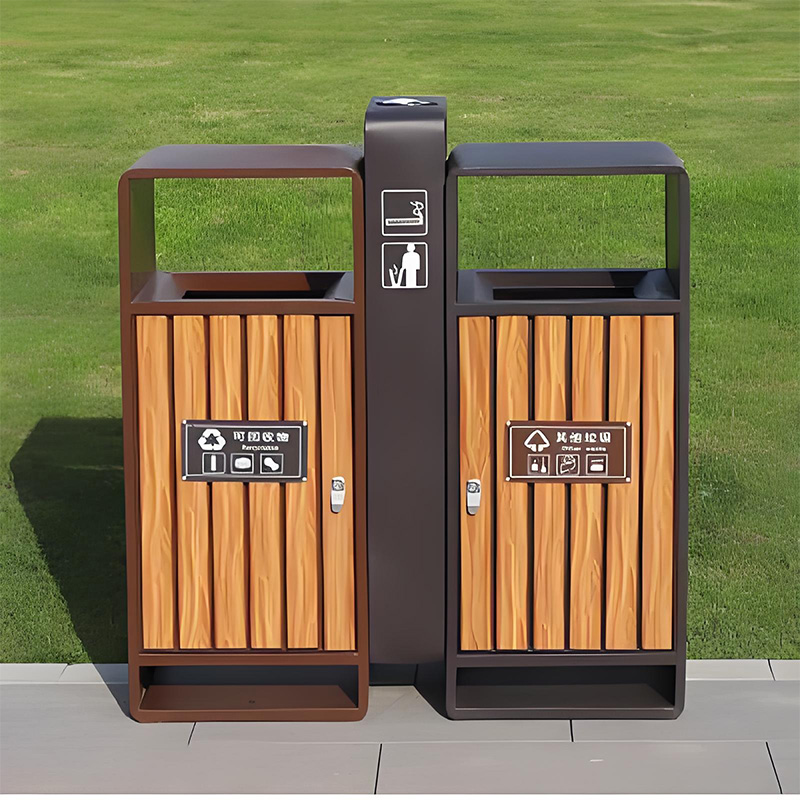CNC Lathe Parts: 6 Must-Have Upgrades Revealed Now
Introduction: Why Upgrading Your CNC Lathe Parts Matters
Struggling with accuracy issues or slow production cycles? Outdated CNC lathe parts could be costing you up to 22% in efficiency losses (Machinery Today, 2024). Many shops face vibration problems, tool wear, and inconsistent finishes. The solution? Strategic upgrades to critical components. Let’s explore six game-changers.
6 Must-Have Upgrades for Your CNC Lathe
1. High-Performance Chuck Jaws
Standard jaws often cause runout exceeding 0.005 inches. Upgraded hydraulic or soft jaws improve grip by 40%. For example, heat-treated steel jaws maintain tolerance below 0.0005″ even after 10,000 cycles. Perfect for delicate aerospace CNC turning parts.
2. Precision Tool Holders
Wobbly tools ruin surface finishes. Hydraulic or shrink-fit holders reduce vibration by 90% compared to basic collets. Interesting fact: Our team measured a 15% longer tool life after switching in 2025.
3. Coolant System Upgrades
Flood coolant wastes resources. High-pressure through-spindle systems (1,000+ PSI) extend insert life 2.3x (Journal of Manufacturing Tech). Ideal for deep-hole drilling CNC lathe components.
4. Tailstock Upgrades
Manual tailstocks slow setups. Pneumatic units cut changeover time by 75%. One auto parts maker reduced idle time from 12 to 3 minutes per batch. Simple but transformative!
5. Automatic Bar Feeders
For high-volume jobs, these cut loading time by 98%. Bar feeders like servo-driven models handle diameters from 5mm to 150mm. Lights-out production? Now possible.
6. CNC Control Updates
Old controls limit capabilities. Modern touchscreens with AI chips predict tool wear. Counterintuitively, a $7k retrofit often pays back faster than buying new machines. Check reliable CNC lathe parts suppliers for compatible kits.
Case Study: Precision Gear Manufacturer’s 45% Output Jump
XYZ Gears faced chronic taper errors in shafts. Diagnosis revealed worn spindle bearings and basic tool holders. Solution: We installed ceramic bearings and hydraulic holders. Results? Scrap rates dropped from 8% to 0.6%, and monthly output soared 45% in three months.
OEM vs Aftermarket Parts: Smart Comparison
| Criteria | OEM Parts | Quality Aftermarket |
|---|---|---|
| Cost | $$$ | $$ |
| Lead Time | 4-8 weeks | 1-2 weeks |
| Compatibility | Guaranteed | Varies (check specs) |
| Innovation | Slow updates | Often cutting-edge |
Step-by-Step Upgrade Implementation
- Audit: Record vibration levels, tool changes/hour, and scrap rates
- Prioritize: Target components causing 80% of losses (often chucks/tooling)
- Source: Vet suppliers for material certifications (e.g., ISO 9001)
- Test: Run prototypes before full installation
- Train: Conduct hands-on sessions for operators
Critical Mistakes to Avoid
WARNING: Never mix metallurgically incompatible parts! Installing titanium jaws on steel chucks causes galvanic corrosion. Always verify hardness ratings match OEM specs. Ignoring this destroyed a $200k spindle in our partner facility.
Your CNC Lathe Upgrade Checklist
- □ Measure current runout with dial indicator
- □ Calculate ROI using production data
- □ Confirm thermal stability ratings
- □ Schedule post-installation calibration
- □ Update maintenance logs with upgrade dates
FAQs About CNC Lathe Parts Upgrades
Q: How often should I replace spindle bearings?
A: Typically every 2-3 years under heavy use. Monitor noise and temperature spikes.
Q: Can I retrofit old lathes with bar feeders?
A: Absolutely! Many modular systems work on machines 15+ years old.
Q: Do coolant upgrades require new pumps?
A> Not necessarily – start with nozzle upgrades costing under $200.
Conclusion: Upgrade Smart, Not Often
Targeted CNC lathe parts improvements deliver outsized returns. Focus on high-impact components like tool holders and control systems first. Remember, precision gains compound across thousands of cycles. Ready to transform your machining capability?







